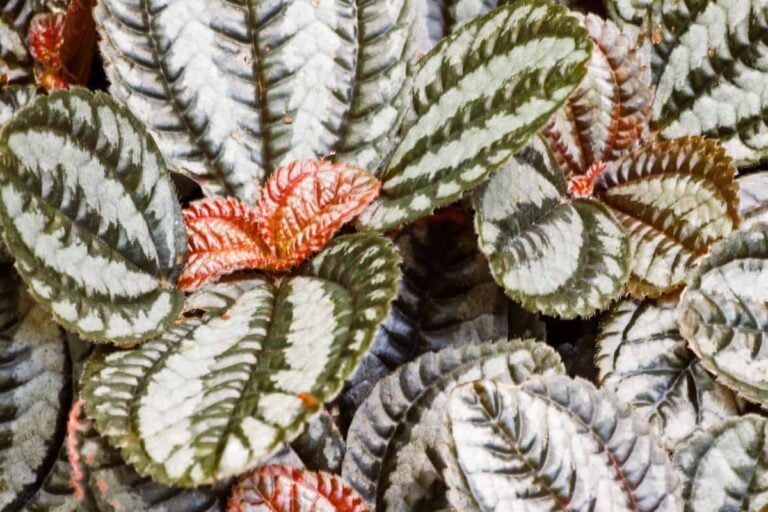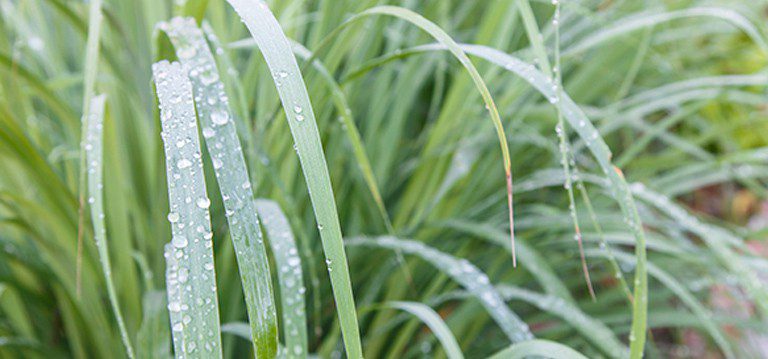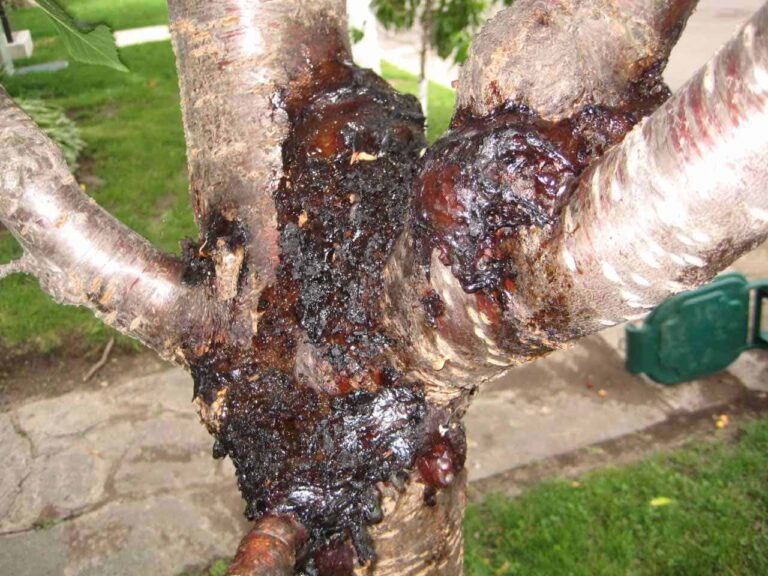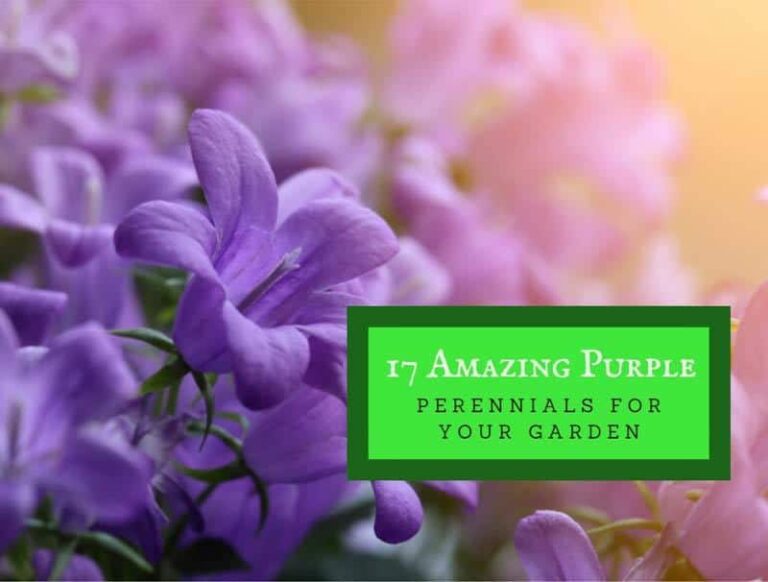4 of the Best Air Cleaning Plants
Our recommendations for the best air cleaning plants are Madagascar Dragon Tree and Hirt’s Peace Lily Plant. Each plant is beautiful in its own right. Both are easy to grow and tolerant of low light. But there’s also science to back up the claims of air cleaning. These house plants are a wise investment in improving your indoor air quality. To learn more, check out our other great picks below.
Our Top Picks for the Best Air Cleaning Plants
[wptb id="8337" not found ]What You Need to Know about Indoor Air Quality
The first thing to understand is that indoor air quality has the potential to make a significant impact on your quality of life. That’s because on average, Americans spend nearly 90 percent of their time indoors. While a lot is said about air pollution outside, the real danger lurks in the interior landscape of our homes and workplaces. Poor air quality has both short- and long-term health effects.

Short-Term Exposure
Even short intervals can lead to health impacts. The effects vary with the individual and their current medical conditions. A person with a history of respiratory problems or allergies is more likely to have issues with air quality than a healthier individual. Symptoms can range from a mild throat irritation to dizziness and fatigue. Several things can cause these reactions.
That’s what makes pinning it down to air quality difficult. A host of unrelated things can cause a headache. Poor air quality is only one possible cause. You can identify potential problems by noting your symptoms. If you see a definite pattern of irritation in certain places, air quality might be the problem. It also carries the risk of low-term issues with more serious consequences.
Long-Term Exposure
Chronic exposure that causes minor symptoms can increase your stress level. Long-term stress also has negative health impacts. Repeated exposure could increase your risk for respiratory conditions, heart disease, and even cancer. You can solve a lot of air quality issues by identifying the sources. And simple things like opening windows will also help.
What’s in the Air?
Many of the chemicals that affect indoor air quality exist naturally in the environment. And just because it’s natural, it doesn’t mean that it’s safe. Natural does not equal good for you. Substances like radon and arsenic exist in the Earth’s crust. While you can’t eliminate exposure, you certainly can take steps to reduce it. Adding indoor air purifying plants is one way.
Other pollutants come from commonly used products like paints, adhesives or glues, paper products, and household cleaners. The problems get worse if your home is poorly ventilated. Winter temperatures don’t help matters when we keep the windows and door shut from outdoor air. That’s where air cleaning plants come in. They can filter the air with an easy and affordable solution.
What Air Cleaning Plants Do
A 1989 landmark air study by NASA provided solid evidence that some plants can improve indoor air quality by filtering out toxins in the environment. Researchers used 12 different plants to test their filtering ability on several toxins, including formaldehyde, benzene, and trichloroethylene. The results were compelling and certainly make a case for adding purifying indoor plants to your home.
Dracaena, for example, removed 58 percent of the benzene in a sealed chamber. It also removed formaldehyde and trichloroethylene. But it wasn’t the only one to demonstrate its ability to improve air quality. Other plants like cornstalk and chrystaneum also performed well in the abatement of toxins. So, it really is possible to make your indoor environment healthier for you and your family.
Low Light Plants
The plants that NASA tested were low light plants. These varieties are slowing growing under typical conditions. They make efficient use of resources in the soil to make up for the lower rate of photosynthesis, the process the plants use to make food and energy. However, many have a wide range of tolerance levels of temperature and light which improves their hardiness.
That means if you increase them, the removal of airborne toxins increases. It occurs in both the leaves and roots. The study identified the latter as the most efficient for removing volatile organic chemicals. Keeping air circulating around the roots is imperative to get this health benefit. You can do this by ensuring proper drainage in your container.
This informative video from the University of Nevada Cooperative Extension explains the basic principles for good houseplant care.
Moisture and Drainage
Drainage holes in the bottom of a container prevent water from pooling and suffocating roots. It will also compromise their ability to filter pollutants out of the air. Over time, poor drainage can create favorable conditions for root rot. And left unchecked, it will kill your plant. For optimal air cleaning, make sure your filtering plant has a container with adequate drainage.
Fertilizing Your Indoor Plant
To keep your plant in top shape for air cleaning, you will need to fertilize your plant periodically. It is a less frequent task with smaller plants and those growing in low light. These plants use soil nutrients efficiently even without the sunlight exposure required by other plants. You should opt for a fertilizer suited to your plant’s type. A slow-release formula offers an excellent choice.
The NASA study found the best results with plants in full foliage. Therefore, keeping your plants happy and well fed will help them perform their best. However, you shouldn’t overdo the fertilizer. A plant that is actively growing will benefit the most from added nutrients. You might also consider applying fertilizer to a plant that looks like it needs a boost.
Our Recommendations: Madagascar Dragon Tree and Hirt’s Peace Lily Plant
The NASA data played a large role in our decisions for the best air cleaning plants. After all, we wanted to pick proven winners. Our choices all provide an easy and effective way to improving indoor air quality. They include a nice selection of low light and low maintenance varieties sure to fit in any decor. All of these plants will filter multiple toxins out of the air.
The Madagascar Dragon Tree or Dracaena marginata is a hardy plant that is effective for air filtering. In addition to other pollutants, it will also remove xylene from the air. It is a common ingredient in paints and solvents. In addition to low light, the dragon tree will also tolerate drought conditions. It has a robust root system that will maximize its air cleaning abilities.
The Hirt’s Peace Lily Plant also ranks high on the list of air cleaning plants according to studies. In addition to the chemicals that the dragon tree filters, the peace lily plant will remove ammonia from the air. It can cause short-term throat and eye irritation. It is a lovely plant that flourishes in low light. We also liked the fact that it blooms year-round for added color.
Plants add so much to a home’s decor, giving you an opportunity to connect with nature even when you’re inside. Our choices offer a real health benefit by filtering toxic pollutants to improve indoor air quality. The science behind it provided compelling results. You may wonder why you don’t have an air cleaning plant in every room of your home.





